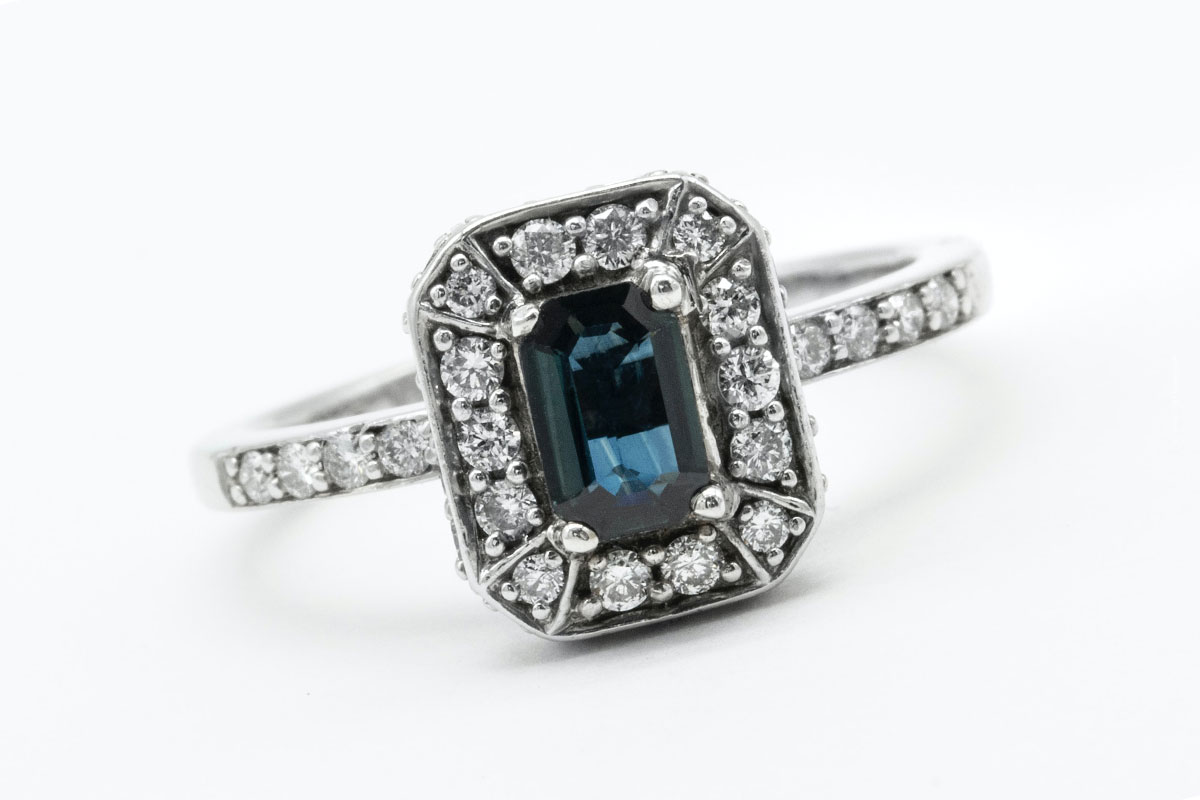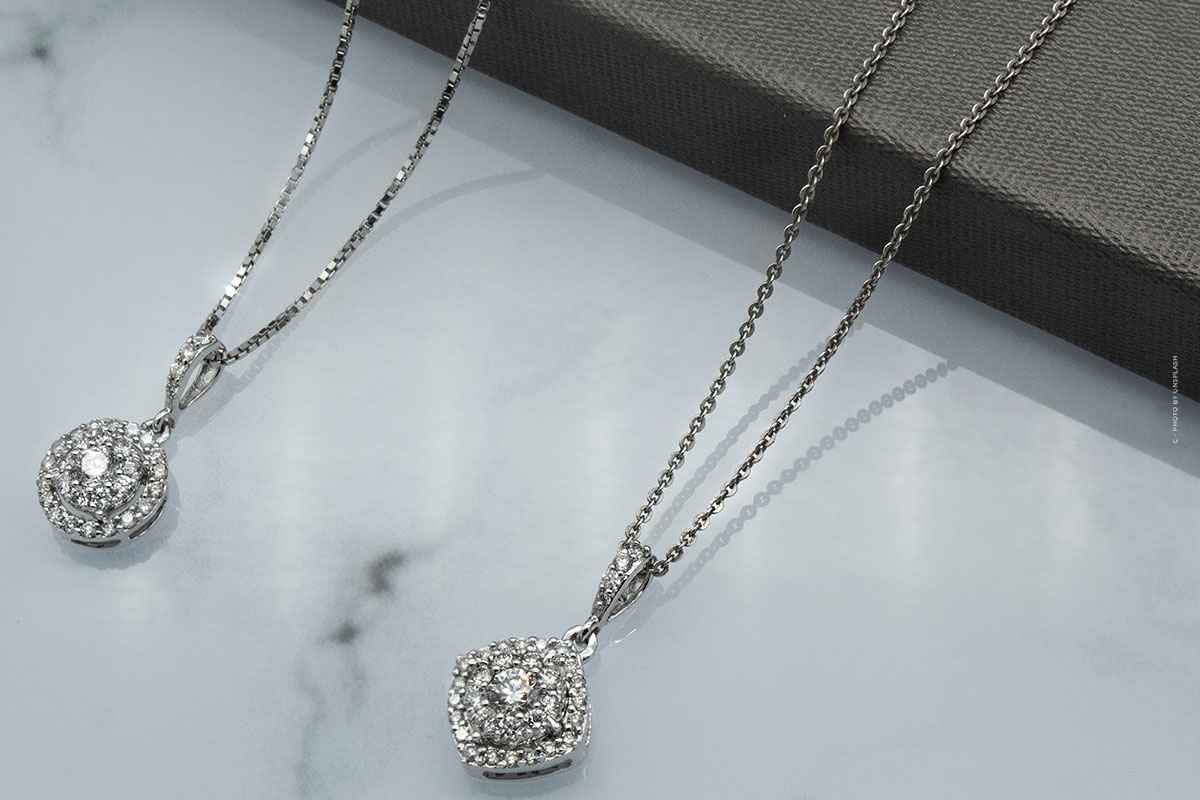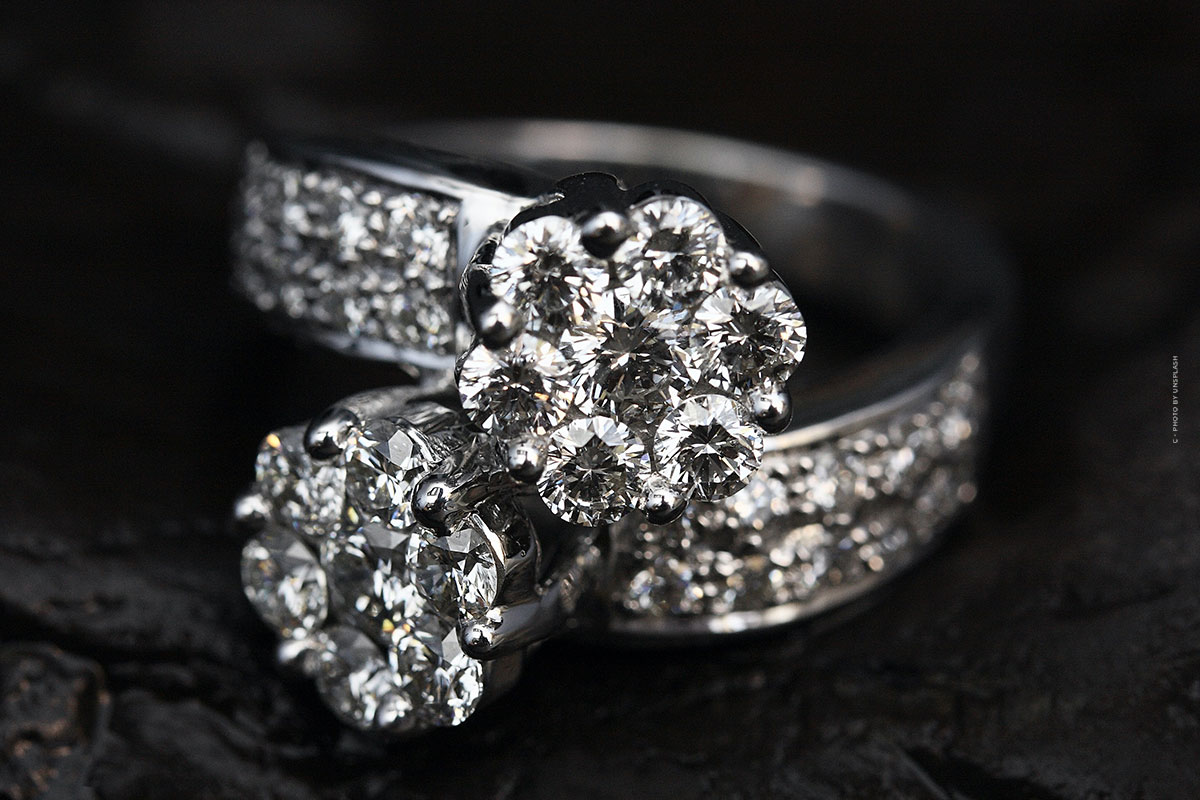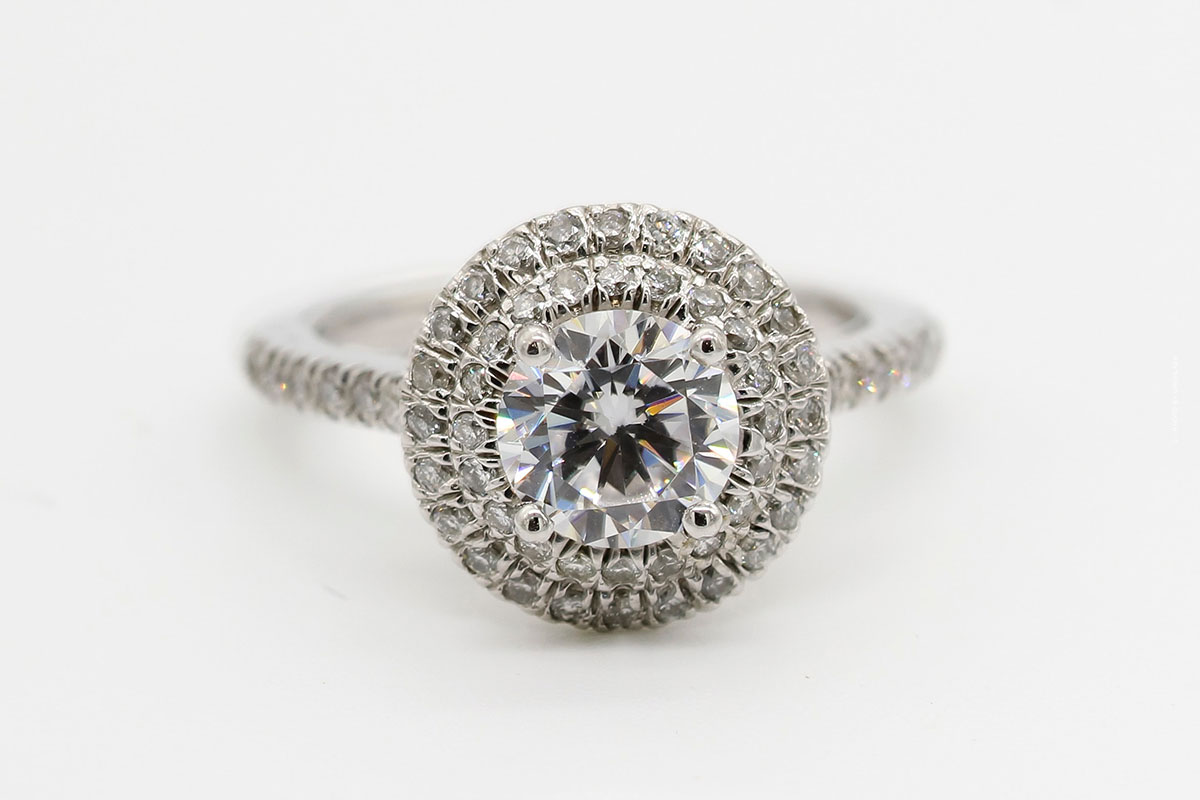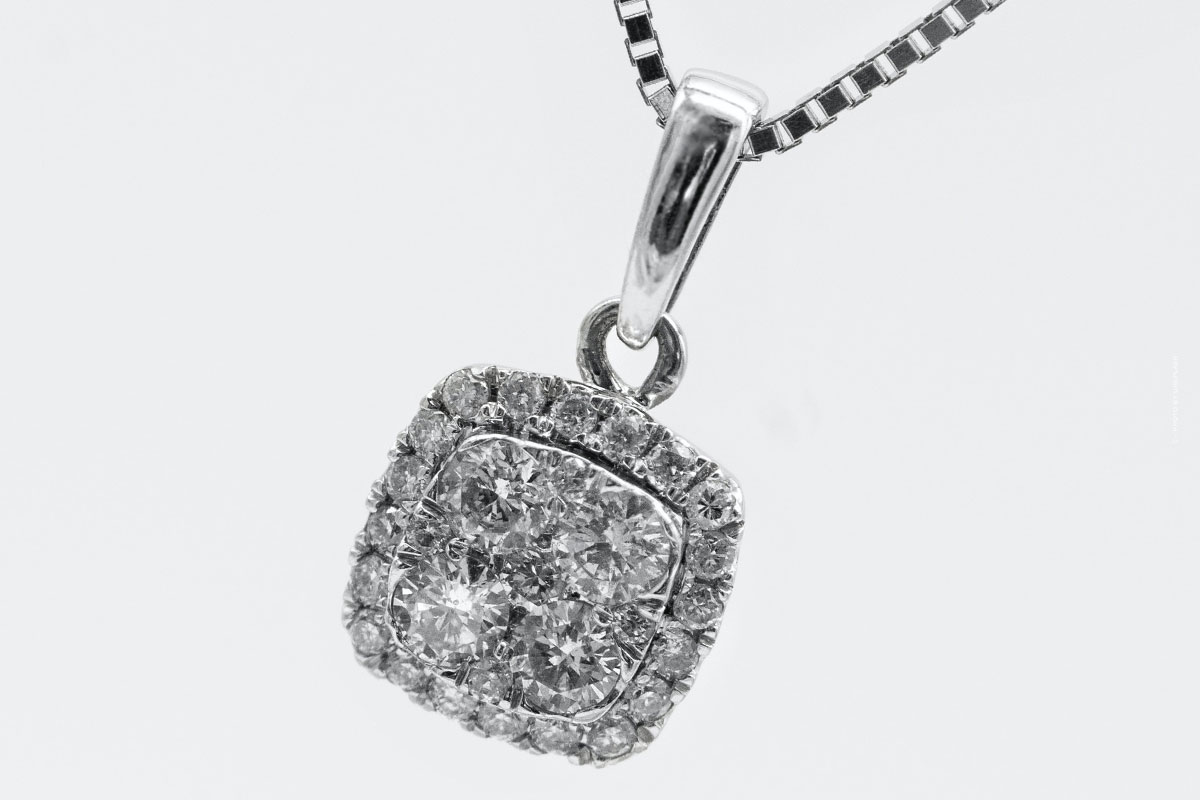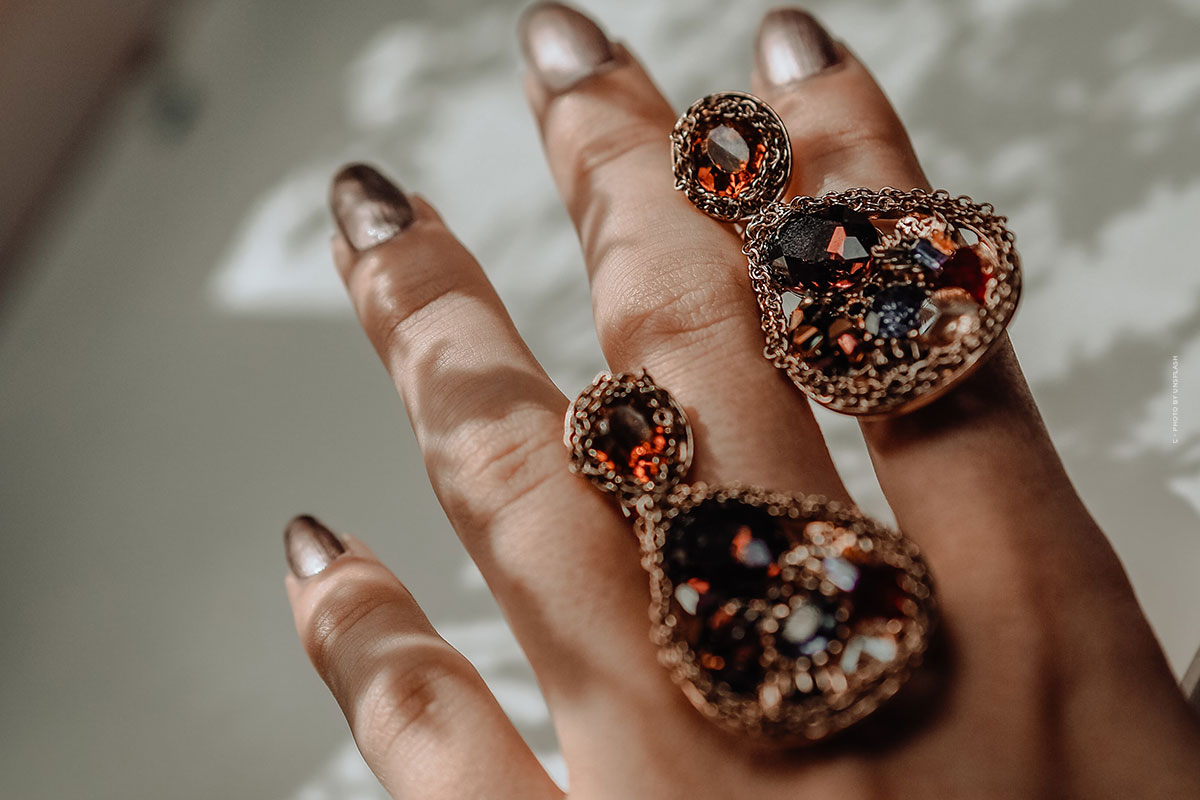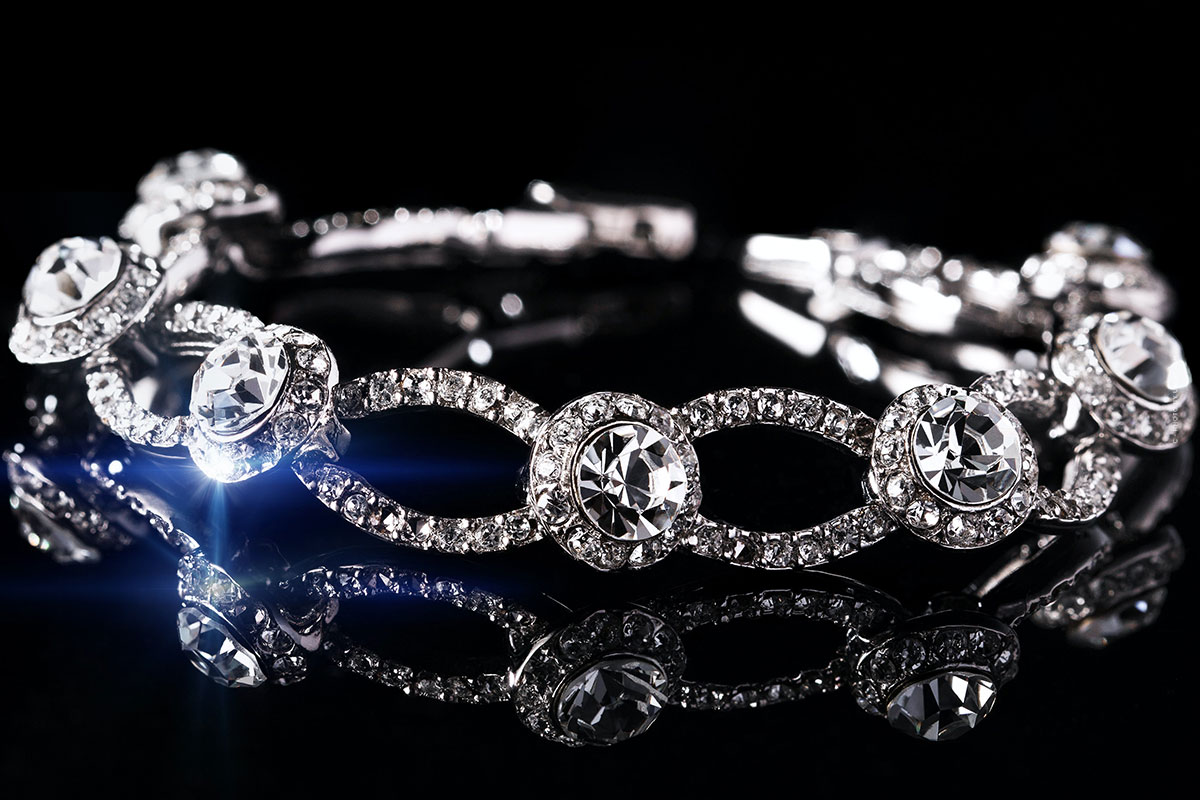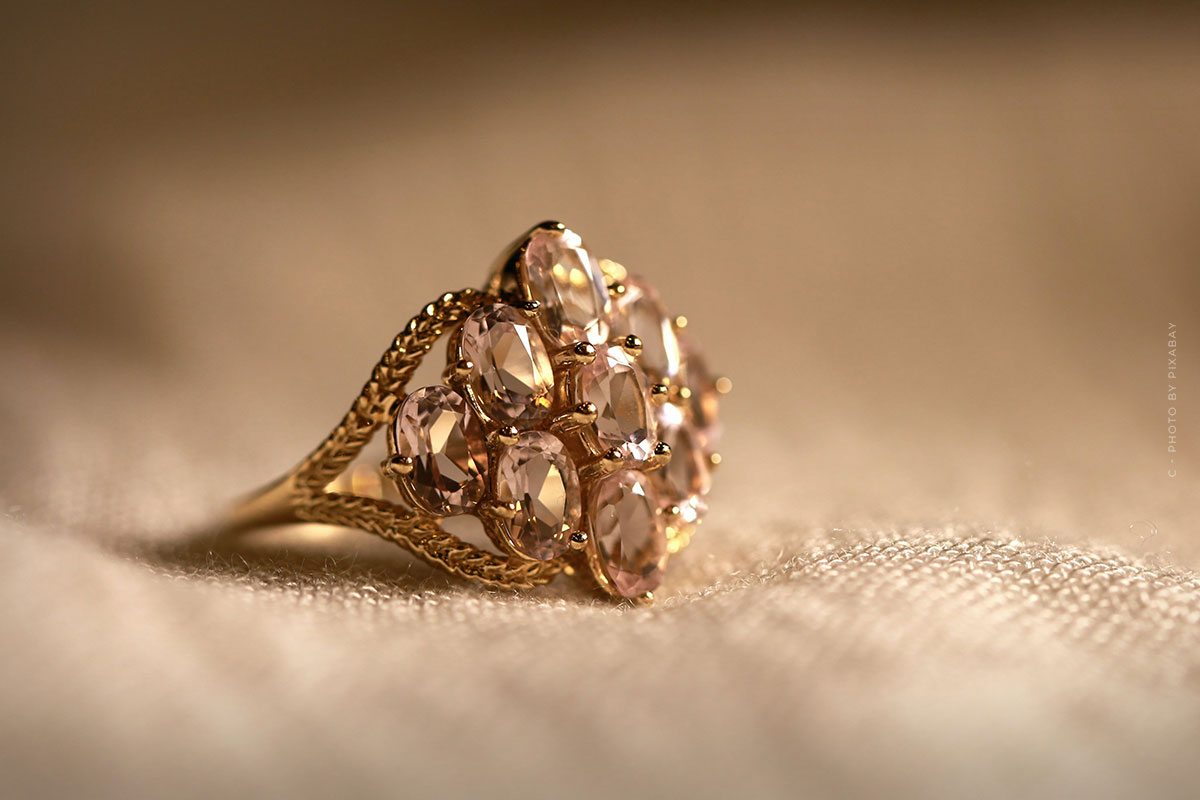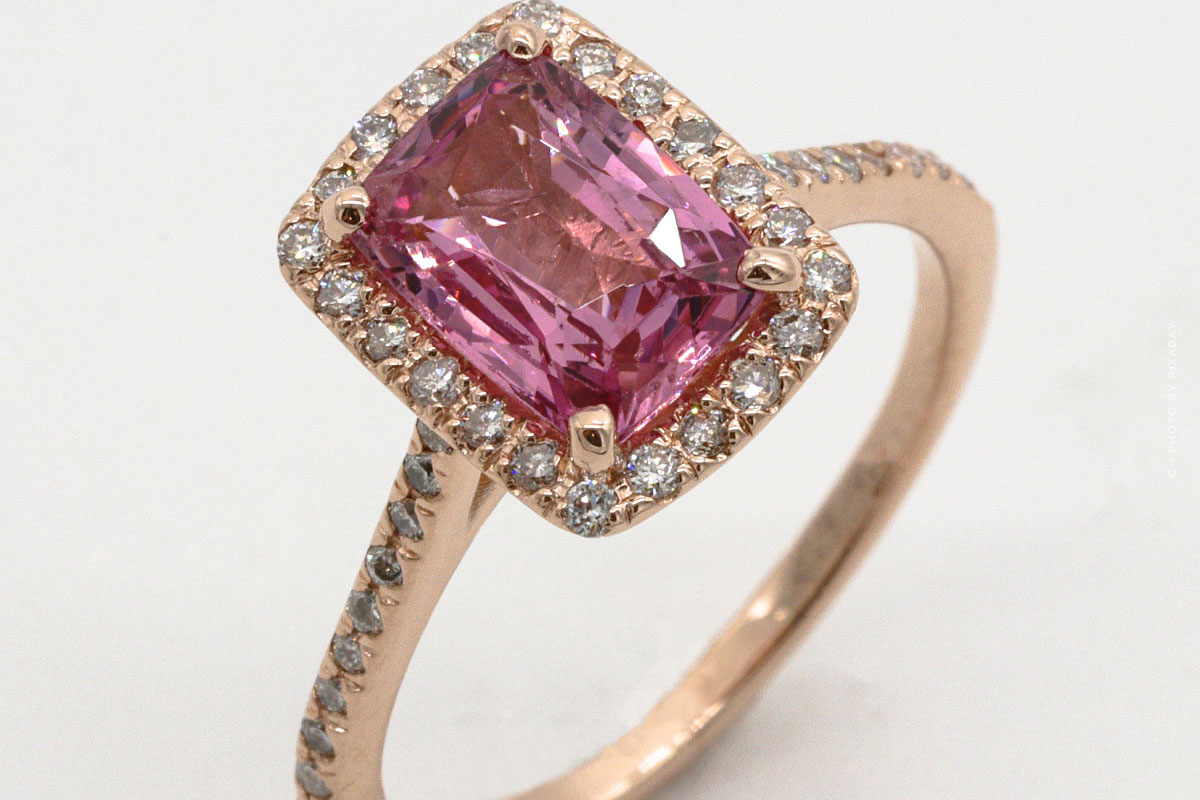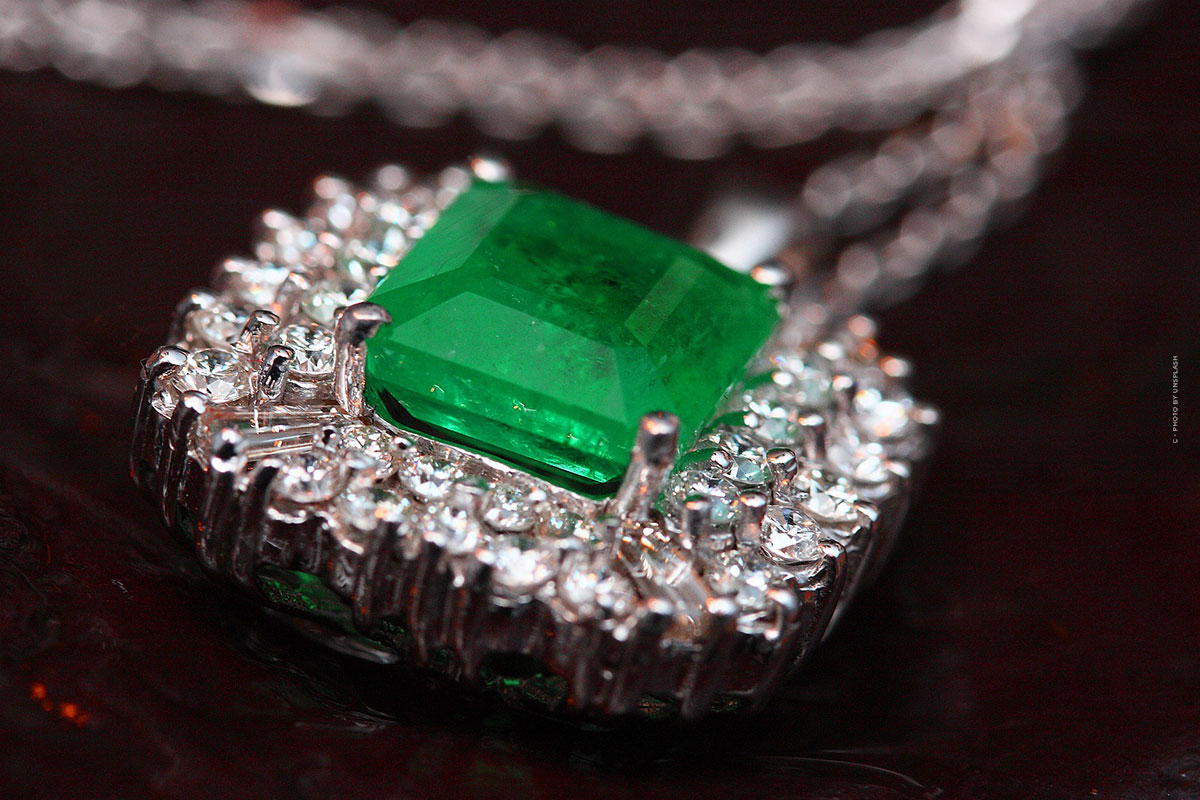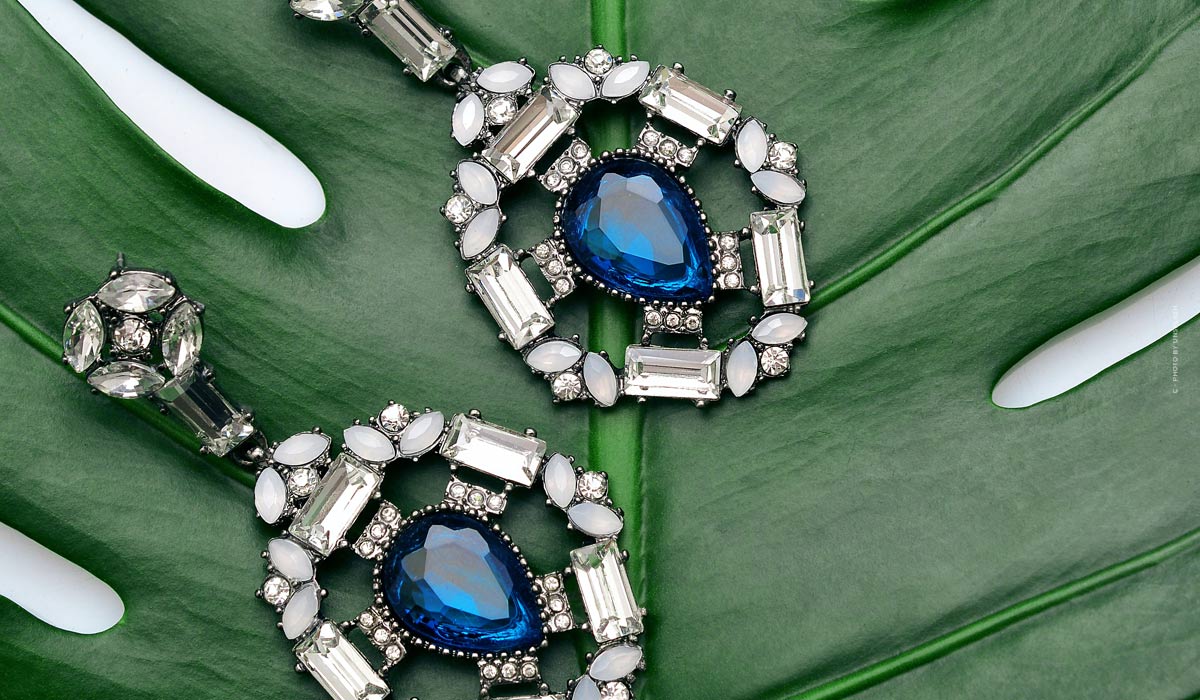Buy Aquamarine: Color, cut, quality and comparison with gold price – Investment Gemstone
Buy Aquamarine – The incomparable light blue to turquoise-green coloring of aquamarine has given this gemstone its name. Aquamarine is in fact derived from the Latin word for sea water. Aquamarine is a prized gemstone that had great value even in ancient times. In the 19th century, sea-green varieties of the stone were the most popular, but today, the bluer the color, the more valuable the stone. Aquamarines, like diamonds and other gemstones, are weighed in carats. One carat corresponds to 0.2 grams. Aquamarines many times more valuable than gold. 1 gram of gold currently costs 61 USD, for 1 gram of aquamarine (5 carat) you get 1.702 USD more!
Aquamarine price (gram, carat and kilo)
Since aquamarines are also available in large sizes, there is no incremental increase in value per carat for large gemstones. A 50 ct aquamarine is worth the same price per carat as a one carat gemstone of the same quality. The price of precious gemstones depends on clarity, depth of color, and to a lesser extent, purity of color. Aquamarines can be bought in very different price ranges in the market. Depending on the quality, a carat can cost anywhere from $50 to $600.
How much does an aquamarine cost?
What you’ll be most interested in now:
How much does an aquamarine cost?
As described earlier, aquamarines are weighed in carats.
One metric carat equals 0.2 grams
Aquamarines are currently valued at an average of $352.64 per carat.
So one gram costs on average 1,763.20 USD
For one kilogram of aquamarine you pay on average 1.763.200 USD.
Gold price (gram, ounce & kilo) in comparison
How does the price of gold compare? Many investors who buy gold constantly keep an eye on the price. As an investor, you should too, because prices for precious metals are subject to fluctuations – even if the gold price is usually very stable.
Difference per gram currently: +1.702 USD
Gold is currently valued at $61 per gram, compared to aquamarine, which can fetch up to $1,763.20 as described. This big difference makes aquamarines interesting for investors as well!
Gold price current:
- 1 gram 61.14 USD or 52.47 EUR
- 1 ounce 1,901.77 USD or 1,631.90 EUR
- 1 kilogram USD 61,143.33 or EUR 52,466.80
So for one kilogram of gold you get only a fraction of aquamarines!
Aquamarine color variations
Aquamarine is made of beryl, a mineral that can be light blue, light blue-green, or even light green. It is usually clear, but the iron content gives it its blue or green coloration. The green of aquamarine is a watery green without any trace of yellow. In the past, green was the most prized color in aquamarine stones. Today, however, the most prized and therefore most valuable aquamarines have a rich, sky blue color.
It depends on the angle!
Depending on the angle from which you look at an aquamarine, it can appear in shades of blue and green or look almost colorless. This is called the pleachroic effect. Almost all aquamarines on the market have been heat treated to enhance the color. To meet consumer preference for aquamarines in deep blue, the stones are heated at 426 degrees Fahrenheit, which brings out the blue color and makes the yellows and greens disappear. The light shade of aquamarine flatters all skin tones and harmonizes with all common precious metals.
Color variations of aquamarine:
- Depending on the angle of view all shades of blue and green
- This is called pleachroic effect
- Most aquamarines are heat treated
- Flattering for all skin types
Depending on the viewing angle, aquamarines can shimmer in a wide variety of shades of green and blue:
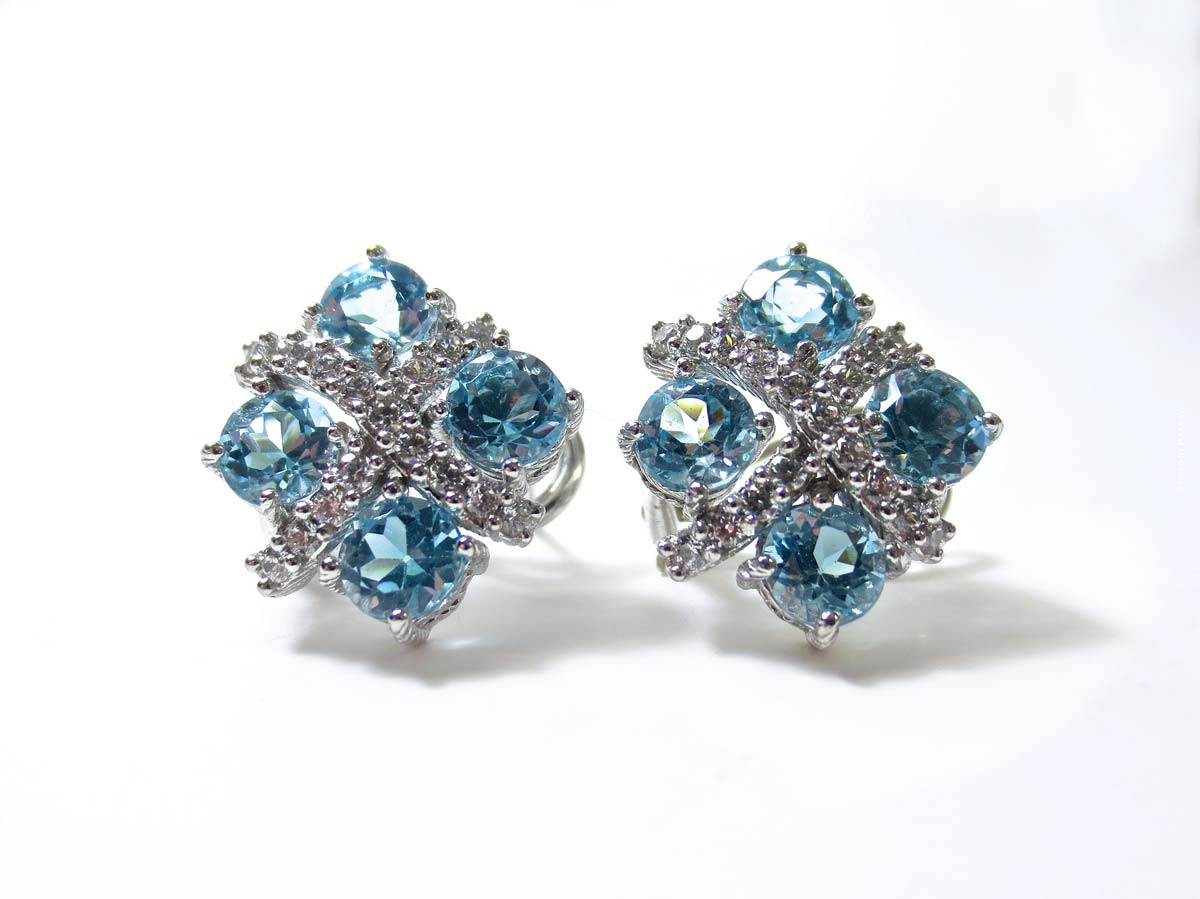
Authenticity: Identifying characteristics
Inclusions are interesting features of this gemstone. Beryl and especially aquamarine are known for having long, hollow tubes. This feature identifies a gemstone as a member of the beryl family. Aquamarines can have transparent and metallic inclusions such as biotite and rutile in skeletal crystals. They may also contain garnet, quartz and tourmaline crystals. Some stones contain what are called snow stars, irregularly shaped droplets of liquid in a star formation. The Martha Rocha aquamarine, for example, one of the largest aquamarines in the world and named after the then Miss Brazil, has notable snow star inclusions.
Key identifiers:
- Long, hollow tube inclusions
- Metallic inclusions like biotite and rutile
- May contain garnet, quartz and tourmaline crystals
- Snow star inclusions also possible
Caution – danger of confusion!
Aquamarines are most likely to be confused with the very rare natural blue topaz or the irradiated sky blue topaz commonly found in the trade. There are 2 other irradiated topaz colors. These are London Blue and Swiss Blue. However, they are too intense to be confused with aquamarine and cannot fool an expert. The identification is ultimately done by the significantly higher weight, because a topaz is much heavier than an aquamarine of the same size.
Also common are aquamarine-colored synthetic spinels, which are often referred to as synthetic aquamarines. However, this is a misstatement! In fact, there are no synthetically produced aquamarines. Identifying those fakes is easy because spinel is single refractive, which can be determined with a dichroscope. Also, synthetic spinel in aquamarine color appears distinctly pink under the Chelsea filter.
The Aquaqmarin can be confused with these stones:
- Rare natural blue topaz
- Irradiated topaz of the color Sky Blue
- Aquamarine synthetic spinels
Mining areas and deposits
Aquamarines are found on all continents. By far the most important mining areas are in Brazil.
Other significant sites include:
- Nigeria
- Mozambique
- Madagascar
- Pakistan
In addition, aquamarines are also found in India, Sri Lanka, Afghanistan, the USA and some other countries of the world. In Madagascar, a special dark blue variety was mined.
Aquamarine in Europe
The European deposits in Germany, Italy, Spain, Portugal, Finland, Norway, Bulgaria and Switzerland, for example, are of purely mineralogical interest and do not yield material useful for the gemstone trade.
Aquamarine is commonly found in cavities, gravel deposits, and sometimes in stream gravels. Beryl crystals in some coarse-grained rock forms can grow to very large sizes. Aquamarine crystals of up to 20 cm are not uncommon. The best quality stones come from Brazil, where crystals weighing several kilograms have been found.
Aquamarine mining in Pakistan: Video
Different types of grinding
The most common cut for an aquamarine is the emerald type, followed by oval or pear-shaped cuts. It is a relatively easy stone to cut and is often found in innovative shapes as cutters experiment with new shapes. Generally, all cuts used for diamonds are possible for aquamarines. It is rated 7.5 to 8 on the hardness scale, making it a fairly durable stone. Large aquamarine stones, ranging from several carats to more than 10 carats, are relatively common, as mentioned earlier. The great thing about this gemstone is that the wide price range makes it accessible to almost everyone.
- The most common cut for an aquamarine is the emerald type
- Followed by oval or pear-shaped cuts
- Easy to cut stone
- 7.5 to 8 on the hardness scale
- Durable stone
When cutting aquamarine, the primary consideration should be depth of color. Deep designs, such as barions and emerald cuts, are usually preferred. Low crown angles result in higher brilliance, but higher crowns are often used to deepen the color.
High brilliance due to polishing
The beryl family, including aquamarines, are among the easiest gemstones to polish. Diamond polishing is the most common method. A high quality polish can give bright aquamarines such brilliance that they could be mistaken for higher refractive index (RI) gemstones. Even with a moderate scatter of 0.014, bright stones with high crown angles will show off their spectral colors well. This makes them a standout gemstone. While the highest values are with the richer colors, a well-cut bright aquamarine can be one of the most spectacular examples of gemstone faceting in the world.
- The easiest gemstones to polish
- Most common method: Diamond polishing
- Can be mistaken for gemstones with a higher refractive index
- Spectral colours are brought to the fore
Aquamarine jewellery care
The best way to clean your aquamarine jewelry is with plain warm soapy water (with mild liquid soap) and a small brush. Once you have washed the stone, be sure to rinse it well with clean water. Be sure to use warm water instead of hot water to reduce the risk of thermal shock.
Detergents containing enzymes and detergents should be avoided as they can cause allergic reactions. It is also not advisable to clean aquamarine in an ultrasonic tank. Sudden temperature changes, steam formation and contact with cosmetics, hairspray, perfume or household chemicals should also be avoided if possible.
- Cleaning with simple warm soapy water
- Rinse thoroughly with clean water
- Avoid detergents containing enzymes and detergents
Biggest aquamarine find ever
The largest aquamarine was found in 1910 in Brazil, near the village of Marambaia. It weighed around 110 kg, was almost half a meter long and 38 cm wide. It was then cut into smaller stones, which together yielded over 200,000 carats!
Here lies the mine where the largest aquamarine of all time was found:
Investing in aquamarine: yes or no?
As already mentioned above, aquamarines come in very different price ranges. This makes investing in aquamarines interesting even for investors with a smaller budget. A negative factor is the lack of a global reference price, as it is available to potential gold investors with the London gold price. The market can therefore be subject to strong price fluctuations in general.
These thoughts should not be understood as a fundamental recommendation against the aquamarine purchase, but rather as an invitation to critically reflect on a potential purchase decision.
